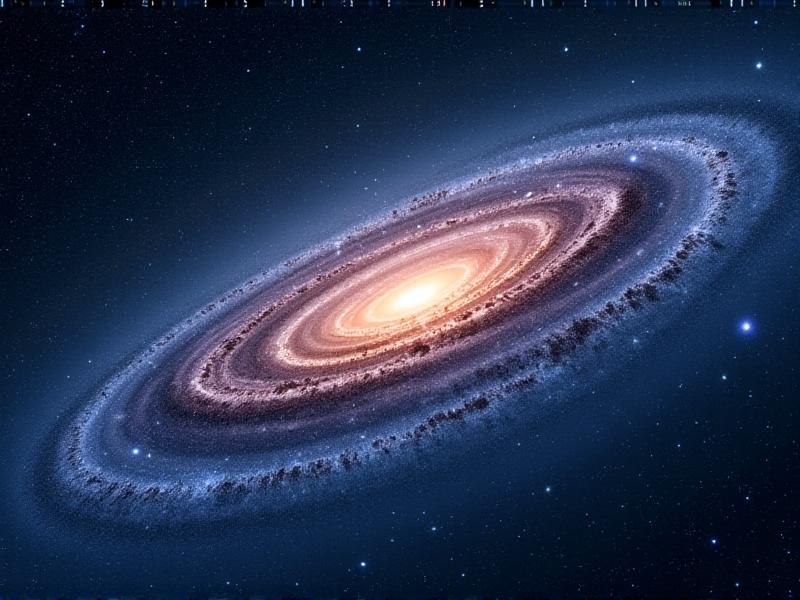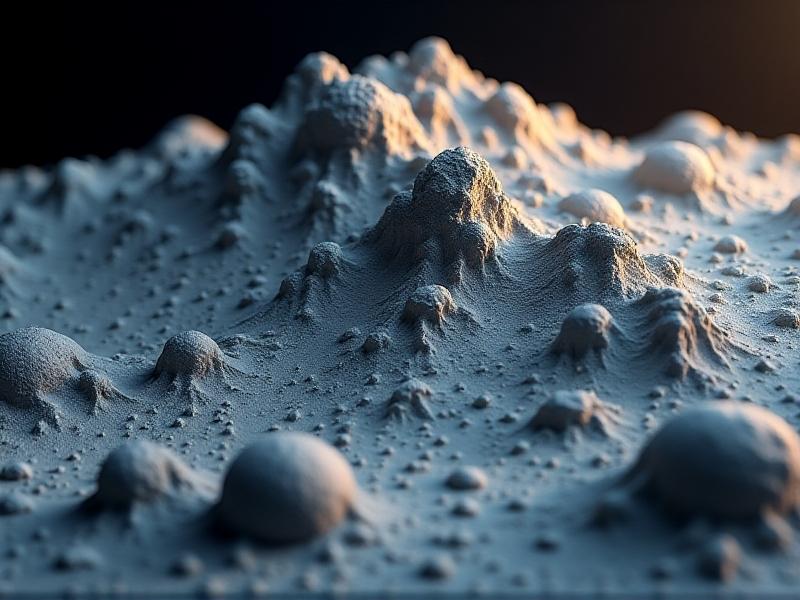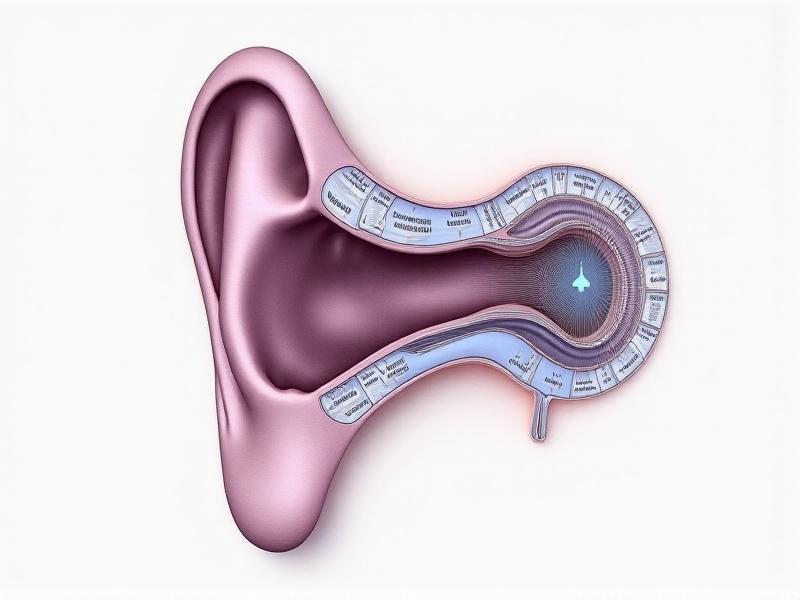Glare-Reduction Solutions for Telescope Lens Systems
Understanding the Impact of Glare on Telescope Lens Systems
Glare is a significant issue in telescope lens systems, often reducing the clarity and quality of observed images. It occurs when stray light enters the optical system, creating unwanted reflections and scattering. This phenomenon can obscure fine details in celestial objects, making it challenging for astronomers to conduct precise observations. Glare can stem from various sources, including the sun, moon, or even artificial lights in urban areas. Understanding its impact is the first step toward developing effective glare-reduction solutions.

Common Causes of Glare in Telescope Systems
Glare in telescope systems can arise from multiple factors. One primary cause is the reflection of light off the surfaces of optical elements, such as lenses and mirrors. Imperfections in these components can exacerbate the problem. Additionally, external light sources, like streetlights or the moon, can introduce unwanted light into the system. The design of the telescope itself, including the placement of baffles and the quality of coatings, also plays a crucial role in determining how susceptible it is to glare. Identifying these causes is essential for implementing targeted solutions.
The Role of Anti-Reflective Coatings in Glare Reduction
Anti-reflective coatings are a cornerstone of glare reduction in telescope lens systems. These coatings are applied to the surfaces of optical elements to minimize reflections and increase light transmission. By reducing the amount of stray light that enters the system, they enhance image contrast and clarity. Modern coatings are designed using advanced materials and techniques, such as multi-layer deposition, to achieve optimal performance across a wide range of wavelengths. Understanding how these coatings work and their benefits can help astronomers make informed decisions when selecting or upgrading their equipment.
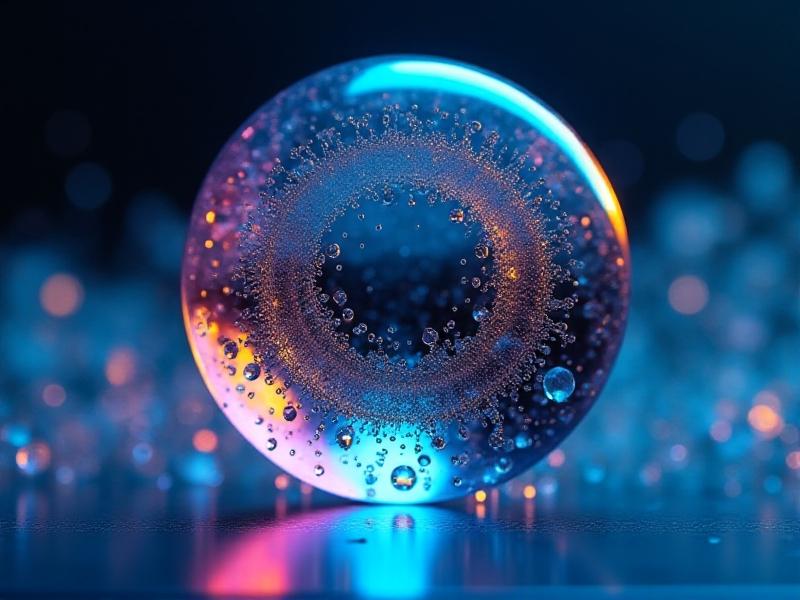
Baffles and Light Traps: Physical Solutions to Glare
Baffles and light traps are physical components designed to block stray light from entering the telescope system. Baffles are typically placed inside the telescope tube to absorb or redirect unwanted light, while light traps are used to capture and dissipate it. These solutions are particularly effective in preventing glare from external sources, such as the moon or nearby artificial lights. The design and placement of baffles and light traps are critical to their effectiveness, and modern telescopes often incorporate these features as standard components. Exploring their role and implementation can provide valuable insights into glare reduction strategies.
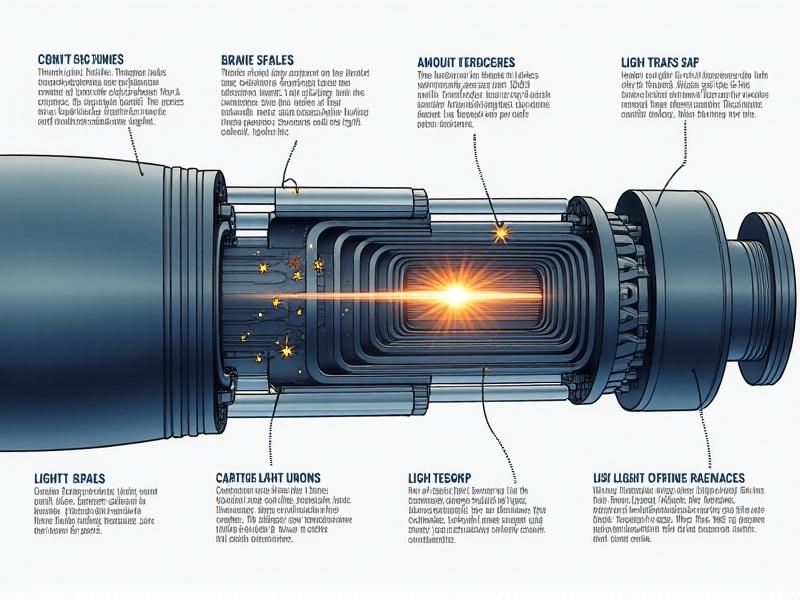
Software-Based Glare Reduction Techniques
In addition to hardware solutions, software-based techniques are increasingly being used to reduce glare in telescope systems. These methods involve processing captured images to identify and remove glare artifacts. Advanced algorithms can analyze the patterns of stray light and apply corrections to restore image quality. Software solutions are particularly useful in post-processing, where they can enhance the final output of astronomical observations. As computational power continues to grow, these techniques are becoming more sophisticated and accessible, offering a complementary approach to traditional glare reduction methods.
The Importance of Proper Telescope Maintenance
Proper maintenance of telescope lens systems is crucial for minimizing glare and ensuring optimal performance. Dust, dirt, and smudges on optical surfaces can scatter light and contribute to glare. Regular cleaning and inspection of lenses, mirrors, and other components can help maintain their effectiveness. Additionally, ensuring that baffles and light traps are free from obstructions and damage is essential. By adopting a routine maintenance schedule, astronomers can prolong the life of their equipment and reduce the impact of glare on their observations.
Future Innovations in Glare Reduction Technology
The field of glare reduction is continually evolving, with new technologies and techniques being developed to address this persistent challenge. Innovations such as adaptive optics, advanced materials for anti-reflective coatings, and AI-driven software solutions are pushing the boundaries of what is possible. These advancements promise to further enhance the clarity and accuracy of astronomical observations, opening up new possibilities for exploration and discovery. Staying informed about these developments can help astronomers stay ahead of the curve and make the most of their equipment.
Practical Tips for Reducing Glare in Your Telescope System
For amateur and professional astronomers alike, practical steps can be taken to reduce glare in telescope systems. These include selecting equipment with high-quality anti-reflective coatings, using baffles and light traps effectively, and maintaining a clean and well-organized observing environment. Additionally, being mindful of external light sources and choosing optimal observing locations can make a significant difference. By implementing these tips, astronomers can improve their viewing experience and achieve better results in their observations.
